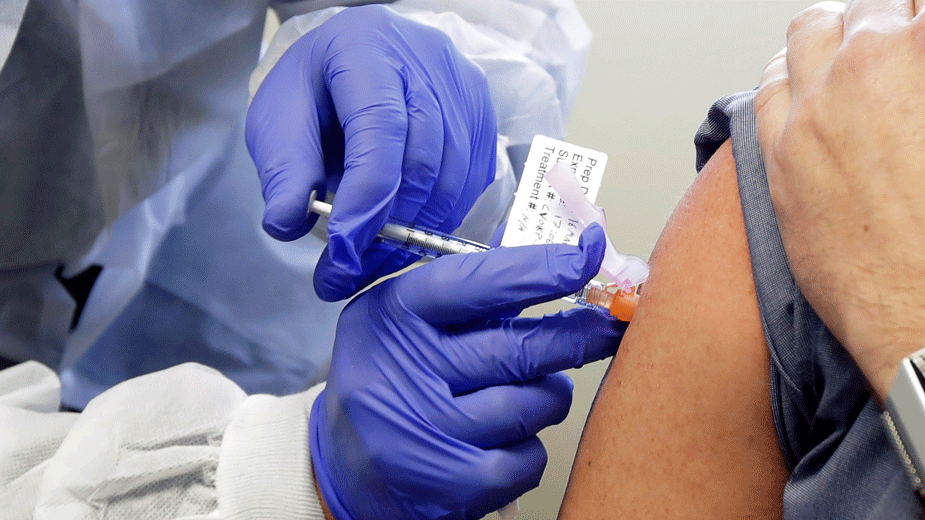New Ohio Maps Show Impact of Virus Spread by County
COLUMBUS – Ohio Department of Health officials released three maps today that illustrate the spread of COVID-19 and the impact of the virus on hospital ICUs throughout the state.
The first map — Cases per 100,000 Residents Over 2 Weeks — shows cases per capita during the past two weeks. Every county in Ohio now exceeds the CDC’s threshold for high incidence, which is 100 cases per 100,000 residents. Case incidence is a measure of how many cases there are in each county, adjusted for population. This information can be used by Ohioans to understand the severity of COVID-19 transmission by county.
At the beginning of August, the statewide average of cases per capita during the previous two weeks was at 101.
As of this week’s update, the statewide average is 769 cases per 100,000 residents during the past two weeks. There also are seven counties that are at 1000 or more, which means that at least one out of every 100 residents has tested positive for COVID during the past two weeks and are at risk of spreading it to others.
CLICK HERE to see Columbiana County map
CLICK HERE to see Mahoning County map
CLICK HERE to see Trumbull County map
The second map — Regional COVID-19 ICU Utilization — shows the percent of all ICU patients who are COVID positive and is shown as a weekly average by hospital preparedness region. The ICU is reserved for patients who are severely ill—whether from COVID-19 or from other diseases. At the beginning of August, about 12% of Ohio’s ICU patients were COVID-19 positive, or 1 out of every 8. Now, that number is up to 31%. That means that today, 1 out of every 3 ICU patients is COVID-19 positive.
While there are some differences across counties, most counties in Ohio have worsened on these measures since the fall and remain at unacceptably high levels of spread. The current impact on the healthcare system is severe and unsustainable.
ODH also released the Public Health Advisory System map today, which shows that 84 counties in the state are red and four (Hocking, Vinton, Gallia and Monroe) are orange. At these levels, residents are advised to exercise a high degree of caution and to limit activities as much as possible to help slow the spread of the virus.
The Public Health Advisory System was designed as an early warning system to measure when cases and healthcare use were escalating. Today, those measures are all at an elevated plateau and the advisory system does not accurately reflect the sustained high levels.
Ohioans are encouraged to continue to follow the Stay Safe Ohio Protocol to help prevent Ohio hospitals from becoming overwhelmed. Keep celebrations small, don’t dine with people outside your household, limit holiday travel, and enjoy safe holiday activities. All of these are critical to avoid a post-holiday surge.
More information on the Ohio Public Health Advisory System can be found on the coronavirus.ohio.gov website.
SOURCE: Ohio Department of Health
Published by The Business Journal, Youngstown, Ohio.



